Digestion
Digestion is the process by which the body breaks down food into smaller, more easily absorbed components. This process involves both mechanical and chemical processes that occur in the digestive system. The digestive system is made up of various organs, including the mouth, esophagus, stomach, small intestine, and large intestine, as well as accessory organs such as the liver, pancreas, and gallbladder.
Mechanical Digestion
Mechanical digestion involves the physical breakdown of food into smaller pieces. This process begins in the mouth, where food is chewed and mixed with saliva to form a bolus. The bolus then travels down the esophagus to the stomach, where it is further broken down by the churning action of the stomach muscles.
Chemical Digestion
Chemical digestion involves the breakdown of food using enzymes and other chemical substances. In the mouth, salivary amylase begins the digestion of carbohydrates. In the stomach, gastric juices containing hydrochloric acid and pepsin break down proteins. In the small intestine, pancreatic enzymes and bile from the liver and gallbladder further break down carbohydrates, proteins, and fats.
Absorption
After food has been broken down into smaller components, the nutrients are absorbed into the bloodstream through the walls of the small intestine. These nutrients are then transported to cells throughout the body to provide energy and support various physiological processes.
Study Guide
- What is digestion?
- What are the organs of the digestive system?
- What is mechanical digestion?
- What is chemical digestion?
- What happens after food is broken down?
Digestion is the process by which the body breaks down food into smaller, more easily absorbed components.
The digestive system includes the mouth, esophagus, stomach, small intestine, and large intestine, as well as accessory organs such as the liver, pancreas, and gallbladder.
Mechanical digestion involves the physical breakdown of food into smaller pieces, such as chewing and the churning action of the stomach muscles.
Chemical digestion involves the breakdown of food using enzymes and other chemical substances, such as salivary amylase, gastric juices, pancreatic enzymes, and bile.
After food has been broken down into smaller components, the nutrients are absorbed into the bloodstream through the walls of the small intestine and transported to cells throughout the body.
[Digestion] Related Worksheets and Study Guides:
.◂Science Worksheets and Study Guides Kindergarten. All About Plants
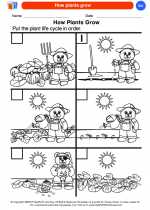
 Coloring Worksheet
Coloring Worksheet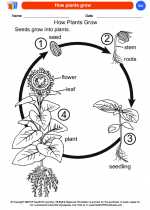
 Coloring Worksheet
Coloring Worksheet
 Coloring Worksheet
Coloring Worksheet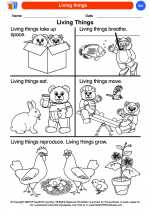
 Coloring Worksheet
Coloring Worksheet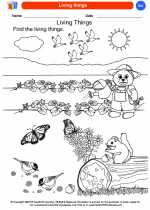
 Coloring Worksheet
Coloring Worksheet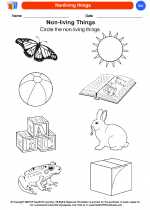
 Coloring Worksheet
Coloring Worksheet
 Coloring Worksheet
Coloring Worksheet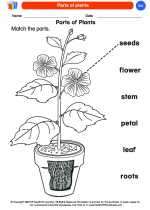
 Coloring Worksheet
Coloring Worksheet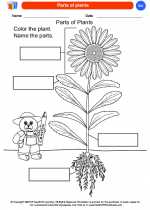
 Coloring Worksheet
Coloring Worksheet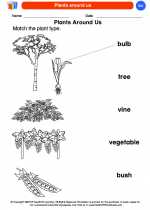
 Coloring Worksheet
Coloring Worksheet
 Coloring Worksheet
Coloring Worksheet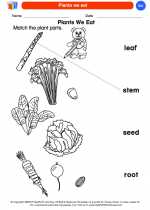
 Coloring Worksheet
Coloring Worksheet
 Coloring Worksheet
Coloring Worksheet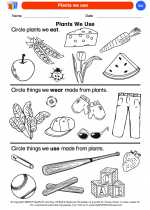
 Coloring Worksheet
Coloring Worksheet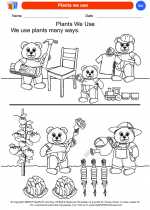
 Coloring Worksheet
Coloring Worksheet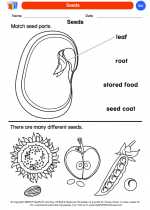
 Coloring Worksheet
Coloring Worksheet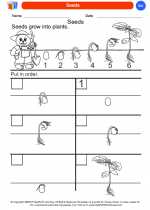
 Coloring Worksheet
Coloring Worksheet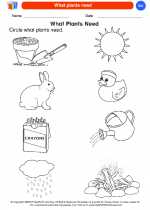
 Coloring Worksheet
Coloring Worksheet
